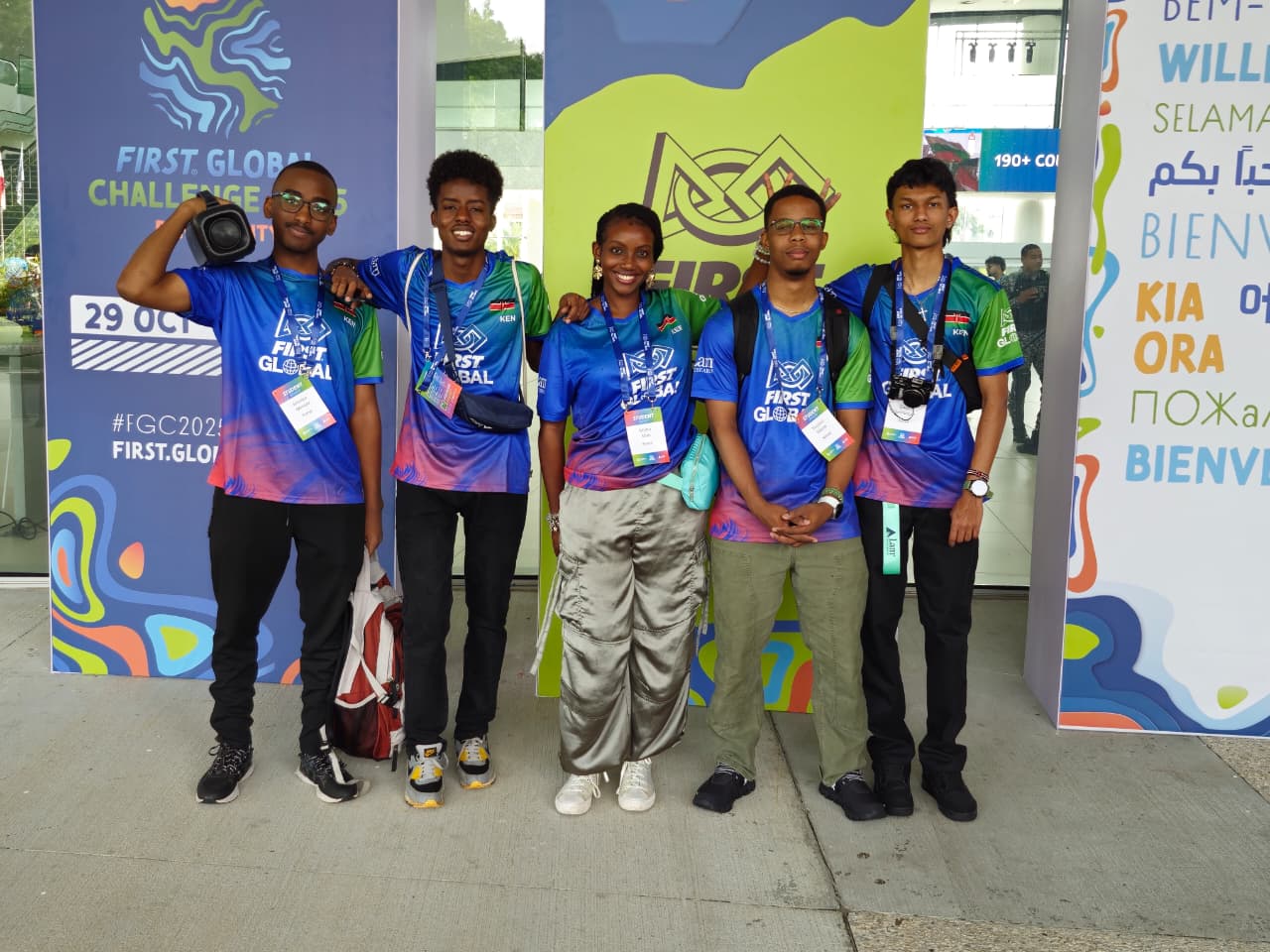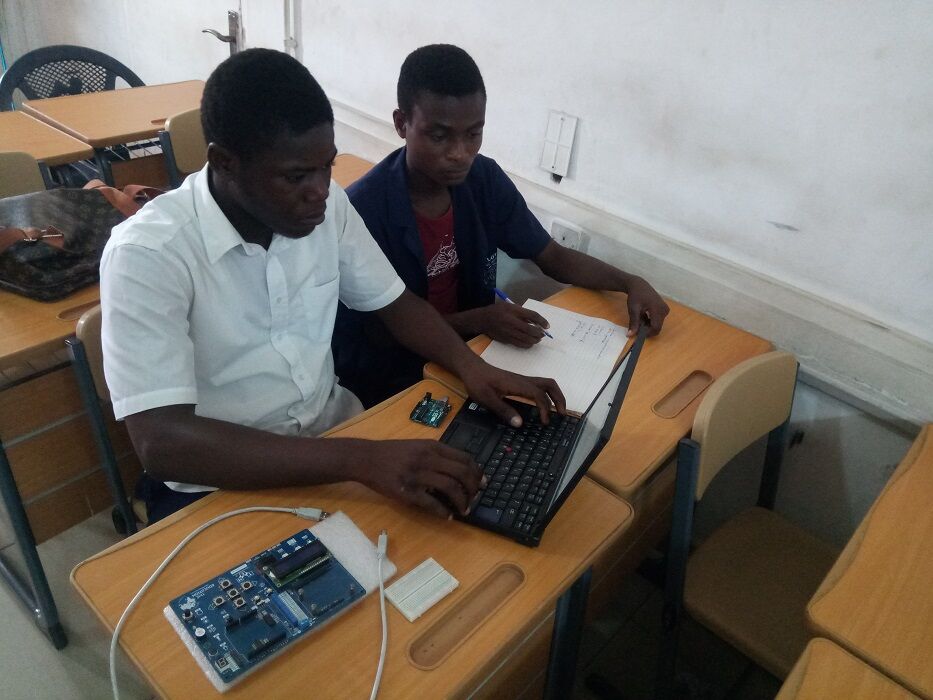A future not so far away
Africa has recently experienced the first wave of the demographic explosion. For those who understand the cyclical nature of this phenomenon, foreseeing the nearest century’s population landscape is just a matter of basic mathematics. Nowadays, the Africans (1,3 billion) make up 17% of the world’s population and according to UN’s predictions, it will have raised by 6% by 2080. The dynamic growth within the continent won’t, of course, occur evenly as the highest density will be most probably observed in its central regions. Furthermore, the demographic changes will also influence and shape urbanization processes as more and more people will be choosing cities to settle. And these will grow as well. Currently, there are three metropolises with more than 10 million citizens. By 2030 Africa will have 5 such metropolitan areas plus 17 cities with over 5 million inhabitants (a triple of the state now) and the number of those with population over a million citizens will hit 90, therefore, it will double. Africa is a continent with the youngest population and in the second half of this very century, it will be the second populous one with millions of people in need of better opportunities, development and energy, electrical energy.
Powered by development, developed by power.
Economic growth in African countries has been observed for the past twenty years, this trend itself requires more energy to be sustained, left alone the population growth. However, these two phenomena combined, create an ambient that requires not only undisturbed access to electrical energy but also, due to the average material status of the population, cheap energy. Africa is yet to arrive at the point of the coverage sufficient enough to secure a sustainable growth (around 57% of the inhabitants of sub-Saharan Africa doesn’t have access to electricity) and the energy supply is nowhere close to meeting the needs that are already emerging. Moreover, for some countries getting a sustainable and efficient source of energy is a question of accelerating their economic growth and exploring their possibilities. For instance, Ghana would be able to benefit from higher-value-added manufacturing and export-led growth by processing bauxite (the ore used to produce aluminium) and exporting it smelted at a higher price instead of selling it in a raw form. Currently, it is impossible due to the lack of cost-effective and sustainable energy supply. At this point, the problem of providing cheap energy reveals itself not as a regional problem but as a global issue. The direction chosen by African governments will influence the ecological future of the whole globe, the pace of climate changes will depend on the solutions that will be chosen and so is the entire eco-safety. That is why the main concern is to find and choose an effective source of cheap and clean energy that will live up to the growing demand.
The dirty will grow faster, the clan will go stronger.
Conventional methods are still the most popular ways of producing electrical energy. Oil, coal and natural gas are the three major components of the global energy mix with 30%, 28% and 22% share consecutively. The overwhelming dominance of fossil fuel over alternative methods has been a trend for over a century. Currently, there are no major symptoms of any major change, at least in favour of the second type of resources as energy-related carbon dioxide (CO2) emissions have increased 1.3% annually, on average, over the last five years. Moreover, the shot in global energy demand suggests growing needs in utterly new regions than before. For instance, demand for natural gas is on the rise as China appears to be the new major consumer. Even if the consumption of fossil fuels remain at the same level, most of them will have run out by the end of this century. However, maybe not many would be even able to witness this as the untamed coal, gas and oil consumption will bring irreversible climate changes and natural cataclysms. Carbon emissions, air pollution, habitat destruction are only a few side effects of conventional methods of energy production. Now, with Africa experiencing a demographic explosion and increased energetic demand, the world is facing a major challenge: to provide the continent with electricity that would be efficient and clean at the same time. Why is it so crucial for its development? Using conventional methods would be the easiest solution that at the same time would be the most short-sighted one. First of all, it would highly accelerate the exhaustion of natural resources, which is still not the worst-case scenario becoming real. What would come next, would be massive climate changes that would make many African regions hard or even impossible to inhabit. People would be forced to migrate and the economic growth would yield to a socio-economic crisis. Clean energy production might take longer to cover the needs within African nations but will surely make the development sustainable and safe not only for the continent but the whole globe. And it’s in the highest global interests to explore the best options.
Afro-atomic – a small particle for huge needs.
African governments themselves are also highly aware of the need for clean and effective energy sources. That is why more and more eyes are turning towards nuclear solutions and they have good reasons to express their interest in them. Currently, 45% of energetic supply in Africa is covered by South Africa. The country doesn’t only ensure the need of its citizens but also sells the surplus to Eswatini, Botswana, Mozambique, Lesotho, Namibia, Zambia and Zimbabwe. Many more are interested in exploring the benefits of nuclear power. Egypt, Ghana, Kenya, Morocco, Niger, Nigeria and Sudan have already engaged with the IAEA (International Atomic Energy Agency) to make their first steps in the Nuclear program. More countries like Algeria, Tunisia, Uganda and Zambia are looking into such possibilities too. Nuclear plants appear to be the most effective units as most of them can work of their full capacity over 90% time during the year. How does this hyper-efficient system work? In a nutshell, everything is based on nuclear reactors. Their task is to control nuclear chain reactions within the process of fission. This physical reaction occurs when an atom splits into two parts, producing heat, which later makes steam spin a turbine to create electricity. Nevertheless, this natural reaction needs fuel to be catalyzed and used for energy-production processes. There are several kinds of it, uranium-235 and plutonium-239 among them. The fuel is processed into small ceramic pallets which are put inside sealed metal tubes – the fuel rods. Such rods are bundled together to create a fuel assembly, typically such assembly is made of around 200 rods. A reactor core can contain up to several hundreds of such assemblies, depending on its power. Another important factor for nuclear energy production is water. It fills the reactor vessel and plays a role of both a coolant and moderator. The moderating is fulfilled by slowing down the neutrons produced by fission and to sustain the chain reaction. The other mean to rein the pace of reaction is inserting or withdrawing control rods, which can be inserted into the reactor to slow down the reaction and increase it when they are removed. Fission happening inside the reactor generates heat that later transforms the water into steam that spins a turbine that produces electricity. Carbon-fee electricity. However, such method is not waste-free. Nuclear waste has to be treated with extra caution and needs special storing conditions. In the 20th century, nuclear power was a risky novelty reserved for the major players in the global race of technological development. Nowadays there are over 450 reactors in more than 30 countries and more are being constructed. However, this kind of energy didn’t make it to the top of the energy mix. Some people may assume, that the reason might be the risk of potential malfunction or accident. The cases of the recent breakdown in Fukushima (Japan) and horrific stories about the events in Chernobyl created an aura of fear and mistrust around this particular solution. Nevertheless, the so-called “risk perception” is nowhere close to “risk reality”. The probability of malfunction within a nuclear plant is far lesser than in a conventional unit and, although there are numerous studies on the magnitude of potential damages caused by such a breakdown in the first one, the risk of other energy options has hardly been investigated. The real reason why nuclear power is not yet so popular is purely financial. And this will be one of the major obstacles Africa will face, not only due to the costs of construction. Therefore some of the countries are seeking partners to construct this highly capital consuming facility. Uganda, Egypt, Kenya, Sudan, Nigeria and Zambia are claimed to have started negotiations with ROSATOM – a Russian national corporation specialized in nuclear energy solutions, incorporating various institutions and enterprises related to the widely-understood nuclear industry. Most of the power agreements are kept a secret, however, the company is boasting about having concluded memoranda of understanding concerning such investments like a powerplant in Egyptian El Dabaa, which cost of construction is estimated to USD 25 billion and so is the loan provide by ROSATOM. Nevertheless, this amount doesn’t cover potential interest accrual, possible cost overruns, operations and decommissioning which may as well give the amount not lower than the loan itself. There come the costs that are not so well visible at first sight. The annual interest is calculated to oscillate around 3%. Moreover, the repayments start only after 10 to 13 years. However, at the moment of the date due to payments, the country can experience severe financial shocks and face payments difficult to make. This may increase the interest rate that can reach even 40%. Delays and cost overruns, which are widely known in nuclear facility construction, may only worsen the situation. At the end of the day, a country might lose its energetic independence in favour of the investor, which would be politically unavailable not only for the region but also for global affairs. Nevertheless, most of the countries are not prepared for what will happen next, that means, receiving all this energy. For the sake of the regional energetic safety, the IAEA advises the grid capacity to be ten times the capacity of the nuclear plant. Therefore, if a plant is able to generate 1000 megawatts, then the grid should be able to sustain 10000 megawatts before completing the plant’s construction. Most of the African countries have not enough infrastructure to support a large, conventional facility. However, emerging technologies may become an option. Small Nuclear Power Reactors or Small Modular Reactors (SMR’s) are the novelty that might both cut the costs of construction and be more comfortable a solution. The International Atomic Energy Agency (IAEA) defines 'small' as under 300 MWe, and up to about 700 MWe as 'medium', therefore, the grid capacity of the country could be much smaller. Moreover, this kind of units can be relocated from one place to another. Their smallest subcategory, vSMR’s producing up to 15 MWe, can be easily used in remote areas. However, this seemingly perfect solution doesn’t trigger much enthusiasm among African leaders. Although the costs and spectrum would be more applicable for most cases, no one is ready to introduce a system that hasn’t been checked somewhere else yet.
Anything non-nuclear on the menu?
Nuclear energy is clean and, contrary to many beliefs, quite safe. However, it is not certain if this is the path for Africa to follow. Currently, more and more countries (like the US and France) are reducing the number of nuclear plants. Moreover, the costs of construction and proper maintenance might surpass the financial capacity of many African countries, which can make them turn to other, more wealthy and power-hungry allies for help. Nevertheless, these are always other, alternative solutions that can work efficiently and bring fewer expenses. Some African countries are already using smaller-scale power production initiatives based on bio-energy. Kenya is exploring the potential of geothermal energy extraction along the Rift Valley. Much hopes and expectations have been placed upon a hydroelectric scheme on Congo River. The investment, however, is been on hold due to financial difficulties. Amongst the emerging solutions, solar-generated power seams the most convenient for African reality if the proper technology is used. Back in 2014, Google teamed up with NRG and BrightSource Energy in order to construct a powerplant made of 173 500 mirrors. The facility was built 40 km away from Las Vegas and provides energy to 140 thousands of households. Five years later a similar pattern was used in Morocco. The powerplant contains 500k elliptically angled mirrors, 12 meters of height each. The facility is located several kilometres away from Quaezazate. The “Noor” (“light” in Arabic) is a mix of the most mature solar technologies and is capable of producing energy both during the day and night. The mechanism used in “Noor” is not much different from the conventional energy production process, with one detail, the element that generates heat. The sunrays collected by the mirrors heat oil circulating in pipes. Then, the energy is transmitted to another cycle, where water turns into steam setting a turbine in motion and generates power just like in coal-fueled plants. The oil temperature reaches 560 degrees which makes it possible for the plant to work during the night as the oil keeps the temperature always high enough to keep the turbine moving. The plant turns out to be so efficient that Morocco signed a contract for energy provision with Germany, Portugal and Spain. According to specialists, solar energy will provide 11% of global energy in 2050.
All in all, both solar and nuclear energy offer options that might be a solution to African need for electricity. Although full-size nuclear plants might generate too much cost and provoke regional political instability, a smaller plant might be a reasonable choice. Solar energy, on the other hand, seems to be the cheapest and the most sustainable way to follow.
Africa faces a major transition which will include not only huge demographic growth but also making important choices. The continent needs its autonomy in the process as the decision has to serve the local needs. However, the guidance and assistance shall be provided by the global community as the route taken by Africa will define the climatic future of the entire planet.
References:
https://www.energetyka24.com/chcemy-ratowac-klimat-budujmy-elektrownie-jadrowe-w-afryce-komentarz
https://www.iaea.org/newscenter/news/is-africa-ready-for-nuclear-energy
http://theconversation.com/why-nuclear-power-for-african-countries-doesnt-make-sense-96031
https://www.irena.org/DigitalArticles/2019/Apr/-/media/652AE07BBAAC407ABD1D45F6BBA8494B.ashx
https://www.jnrd.info/2012/12/10-5027jnrd-v2i0-07/
https://www.planete-energies.com/en/medias/infographics/global-energy-mix-1990-2035
http://wyborcza.pl/1,75400,15465562,Amerykanie_wybudowali_najwieksza_elektrownie_sloneczna.html
https://www.rp.pl/Nowe-technologie/303079870-Sloneczny-prad-poplynie-z-Afryki.html
https://www.iea.org/weo2018/
https://www.iea.org/weo2018/
https://www.ecotricity.co.uk/our-green-energy/energy-independence/the-end-of-fossil-fuels
https://www.world-nuclear.org/information-library/nuclear-fuel-cycle/nuclear-power-reactors/small-nuclear-power-reactors.aspx




